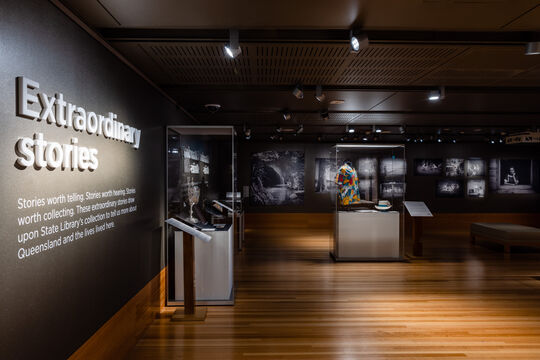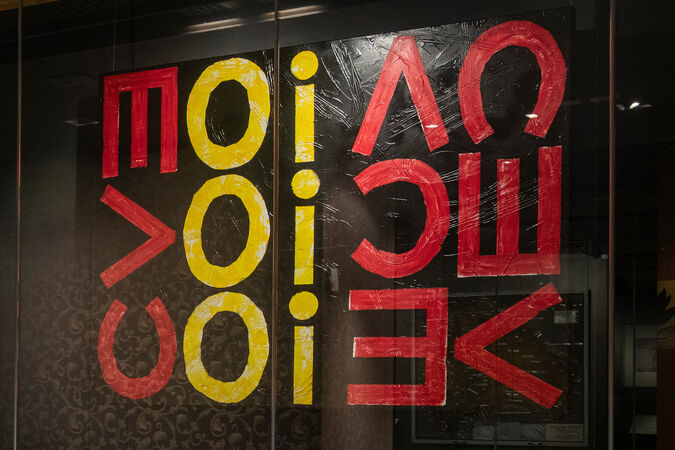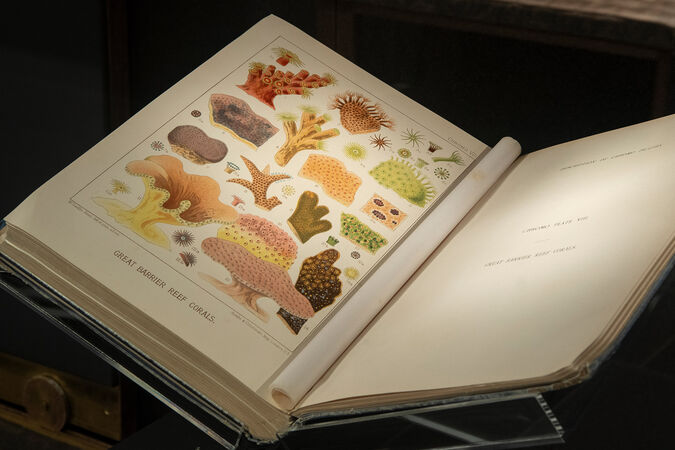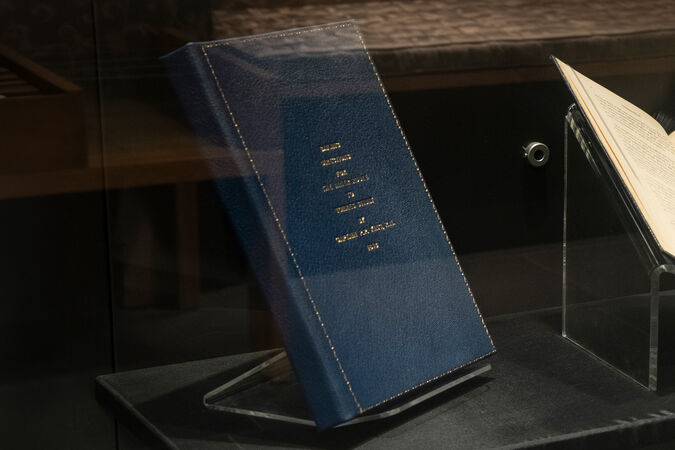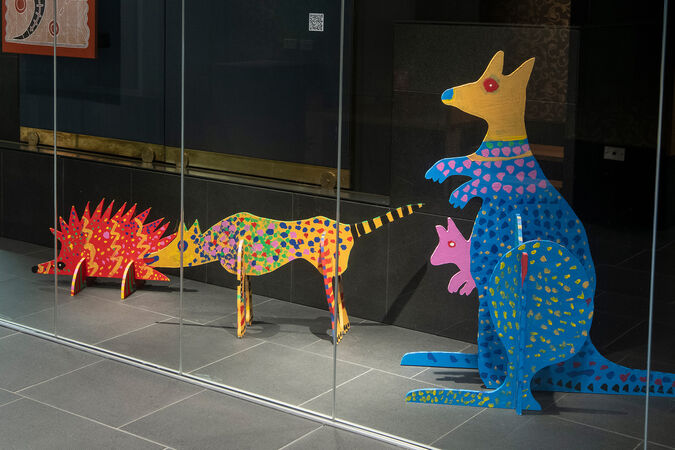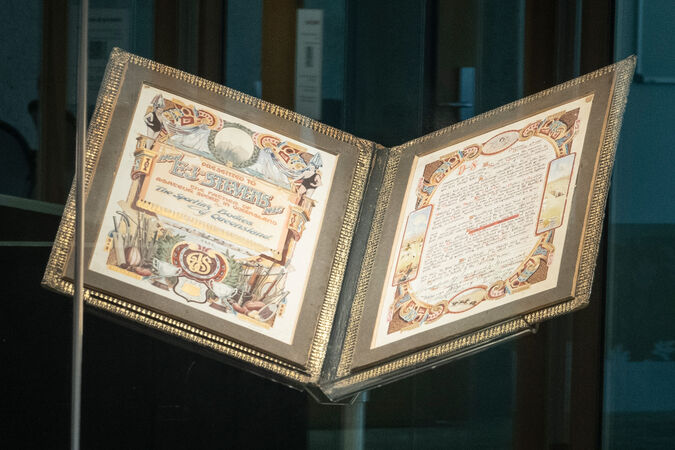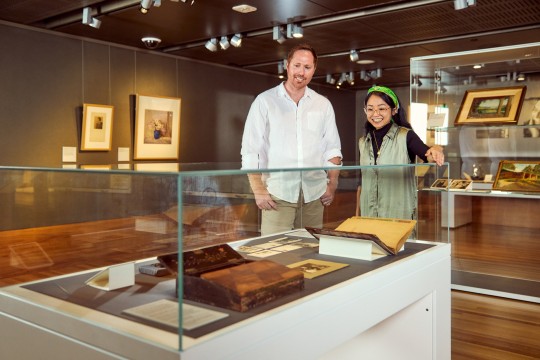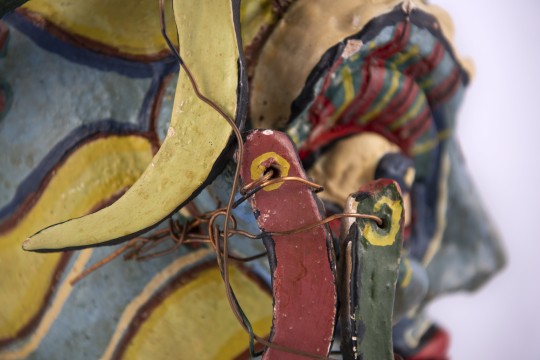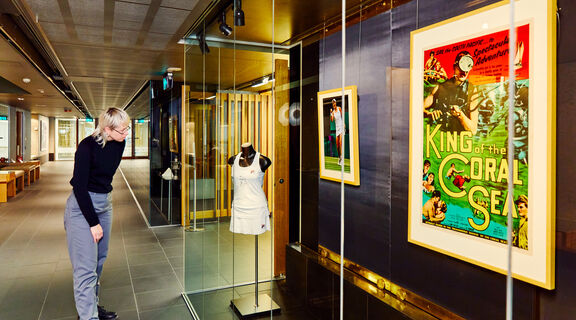
- Home
- Talbot Family Treasures Wall
/
Talbot Family Treasures Wall
About the showcase
The John Oxley Library has collected, preserved and shared Queensland’s collective memory since 1934.
The Talbot Family Treasures Wall features a changing selection of items from State Library of Queensland’s heritage collections. Each item reveals a remarkable story, and together deepen our understanding of Queensland’s diverse lifestyle, landscape, culture and community.
Join a curator's tour
Join one of our specialist curators to discover the unknown stories and hidden gems of State Library's collections.
